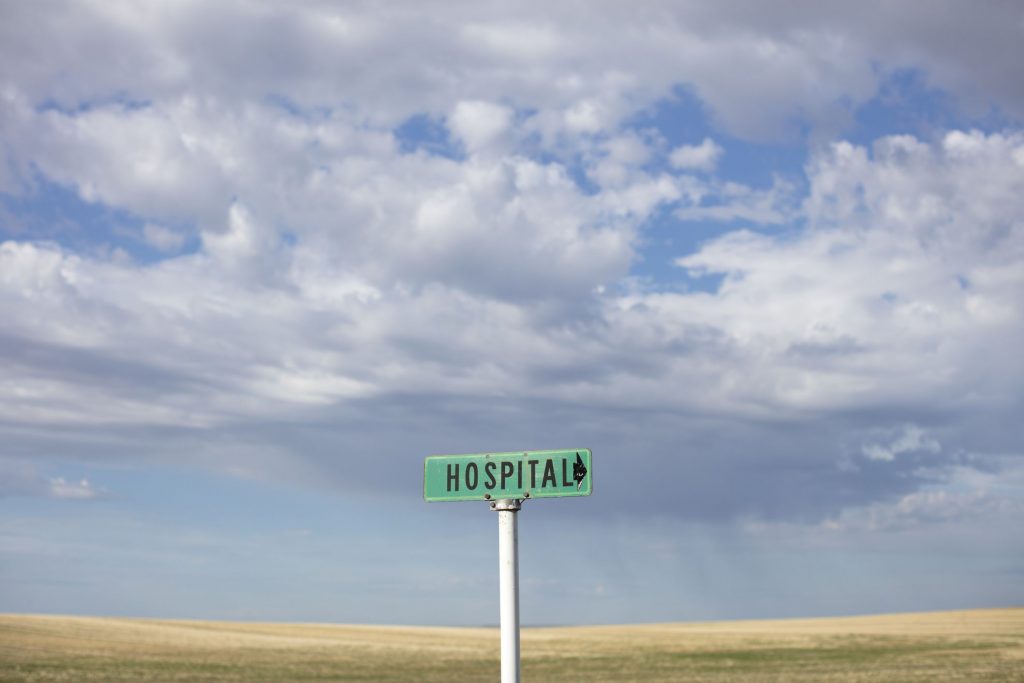The Merit-based Incentive Payment System (MIPS) was put in place by the federal government to connect payments to physicians with the quality and efficiency of the healthcare services they provide.
In theory, it’s a practice that improves healthcare delivery and patient outcomes while reducing costs. Measurements for MIPS fall into four major categories: quality of care (based on six different data points); advancing care information, which involves physicians sharing patient information with patients and other clinicians; improvement activities designed to better patient outcomes; and cost of services.
MIPS is scheduled to begin in 2019. However, in rural locations and for smaller medical practices, it presents issues.
Why Small and Rural Providers Struggle with MIPS
For rural and small practice medical providers, the system is likely to keep them lagging behind larger operations, typically based in metropolitan areas. That projection is based on a Government Accountability Office (GAO) study that found only 44% of small or rural practices performed well with previous incentive-based payment systems.
By contrast, about 74% of larger practices performed well. While the GAO anticipates small and rural practices will do better with MIPS than the previous systems, they are likely to perform worse than their larger counterparts.
The GAO identified eight keys issues that present challenges to smaller practices.
- Functional, operational and maintenance issues with electronic health records (EHRs)
- Lack of EHR vendor support, including updates to the system
- The high initial costs needed to participate in the system
- Lack of staff to handle the requirements for the program, typically because of the lack of money to hire them
- Measurement requirements that may not align with small or rural practice patient care
- Managing program compliance and keeping up-to-date on program requirement changes
- Meeting requirements for timeliness of feedback and program changes
- Lack of control over some of the performance metrics, such as behavior by patients
It should be noted that some of these issues face all medical providers. However, the challenges tend to get magnified in smaller and rural practices, in many cases due to lower revenue streams.
Potential Ways to Alleviate MIPS-Related Issues
Some of the potential solutions to these issues start with the government, particularly the Centers for Medicare and Medicaid Services (CMS).
CMS already is putting programs into place that may ease the transition to the MIPS program. They include a transition period in which cost performance is considered as less of a factor and formation of virtual groups by providers to pool resources is allowed. The CMS also is considering other MIPS scoring changes and exceptions for small medical practices.
CMS is also expected to improve outreach efforts to provide support to small practices. Providing timely information about program changes and requirements and increasing EHR standardization also were listed by the GAO as important.
The CMS also has distributed a detailed letter to medical providers that can help them determine if they qualify for the MIPS program and the steps needed to become compliant.
Initial Investment Issues
One of the biggest issues for small and rural health providers: the cost of compliance with MIPS.
The price of installing an EHR system can run as high as $400,000 or more. Hiring staff to manage the system and contracting with an outside vendor for maintenance and updates to the system drives the cost even higher.
Those who work in smaller practice may be able to get relief from the federal government. Congress has appropriated $20 million a year for small practices with 15 or less clinicians, according to the National Rural Health Association.
Also, there are Practice Transformation Networks set up around the country to assist small practices in coming into compliance with MIPS. Some practices may be exempt from MIPS completely, especially those operating in underserved rural areas.




